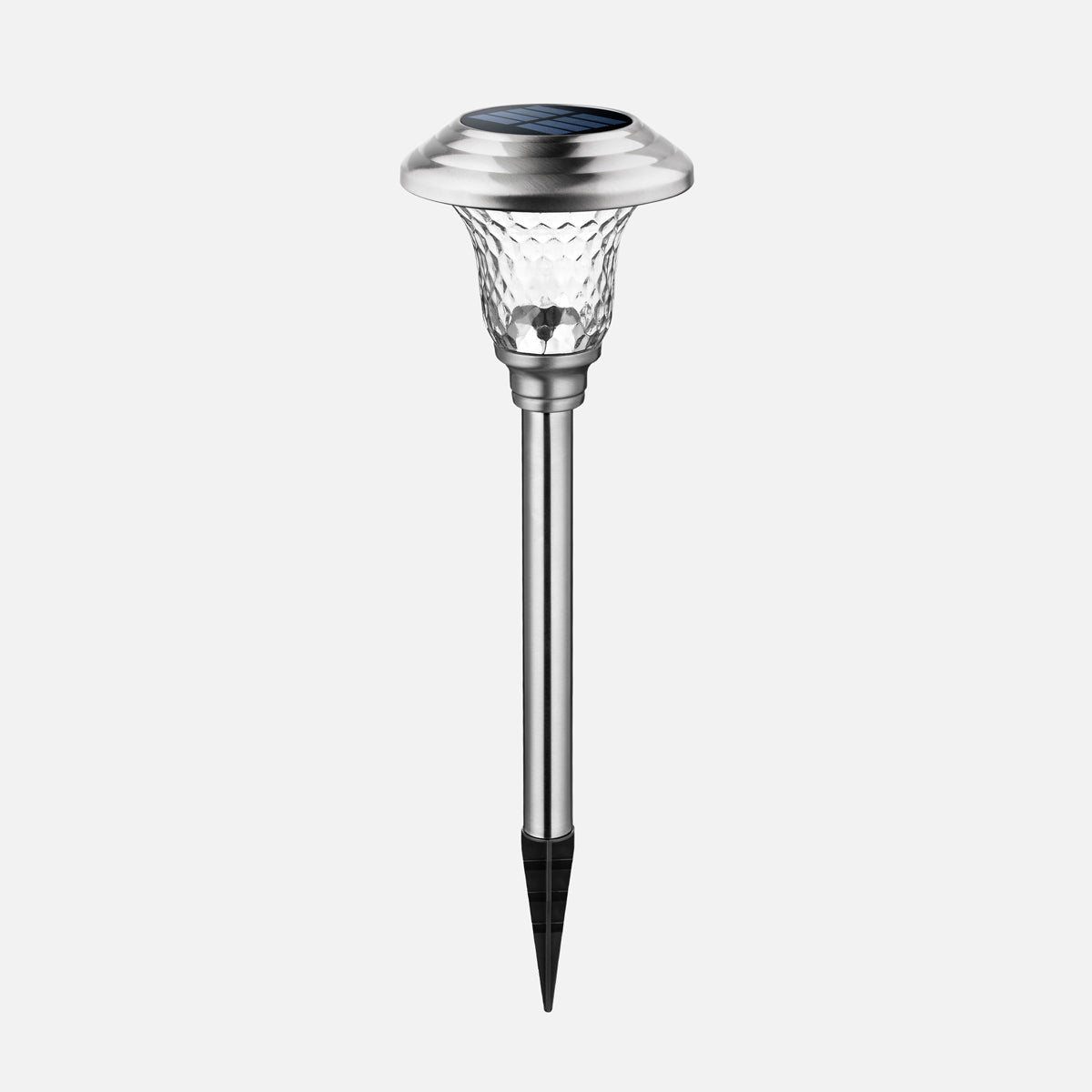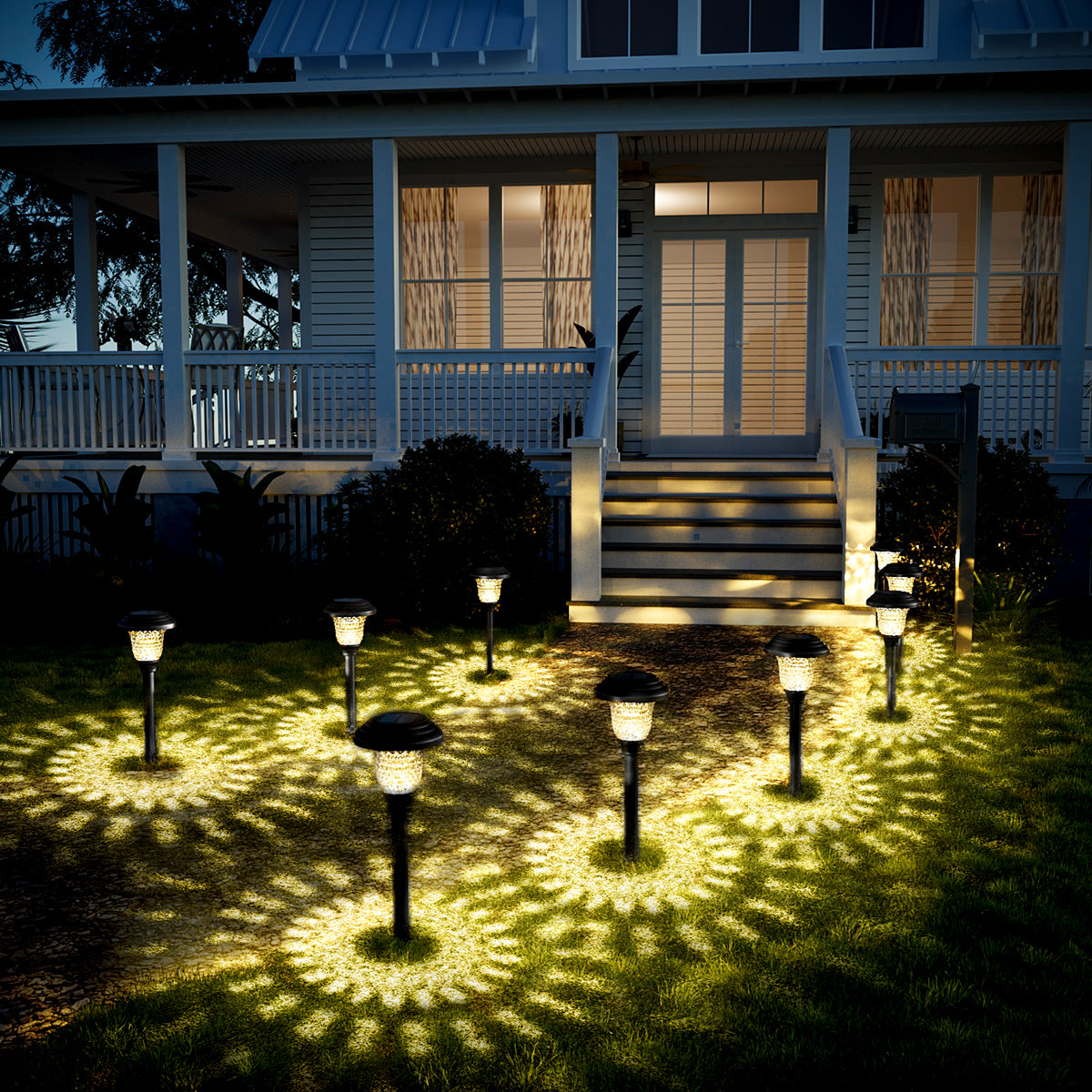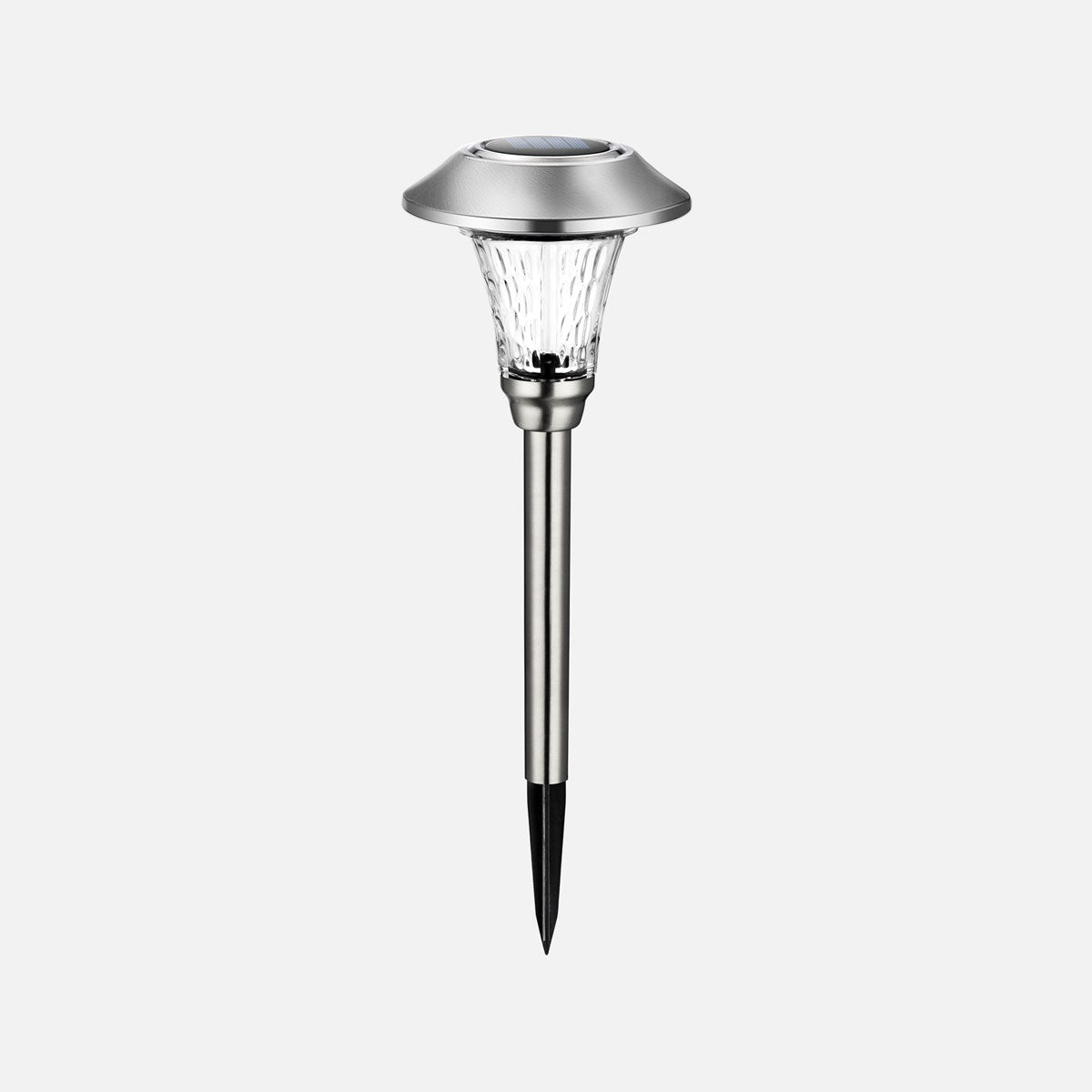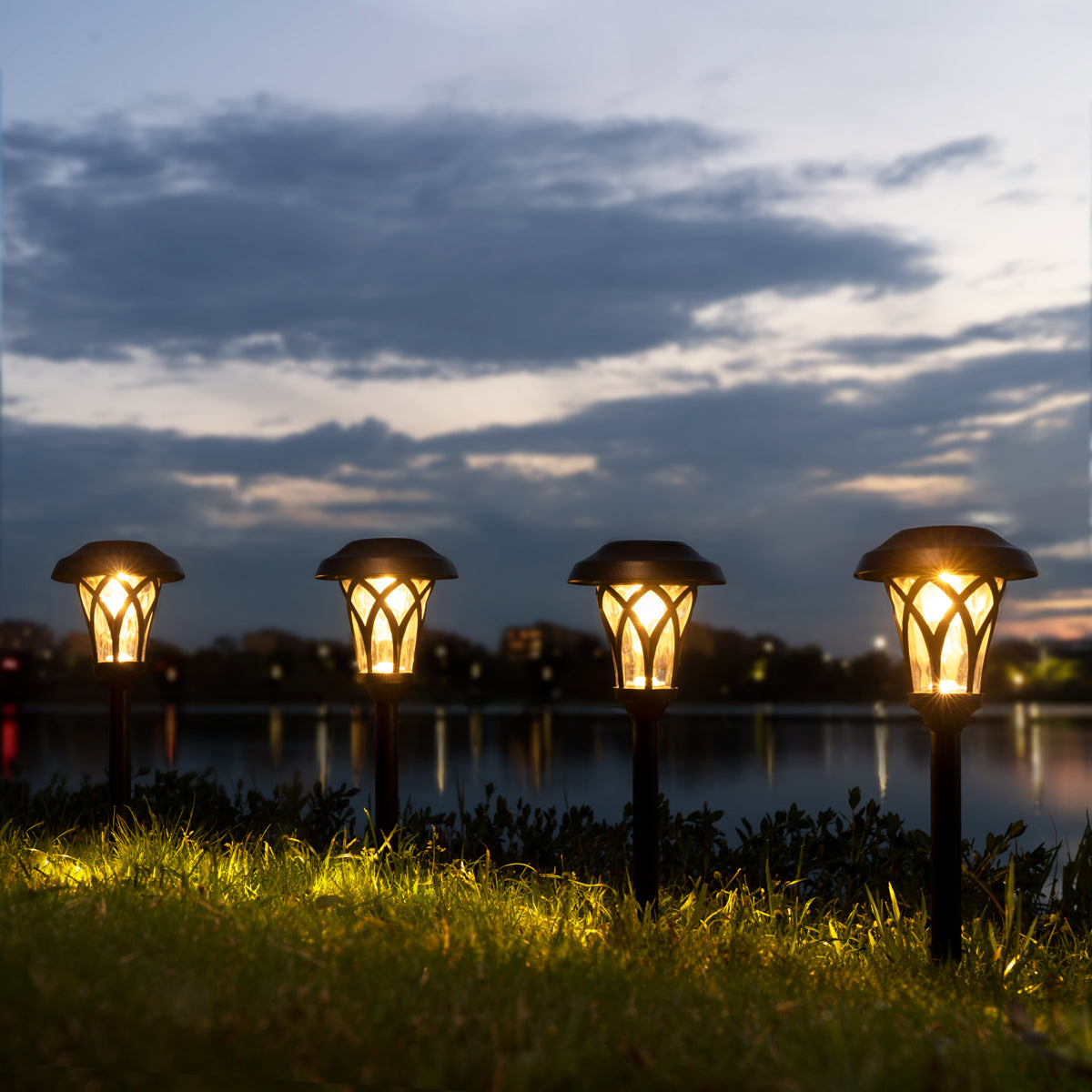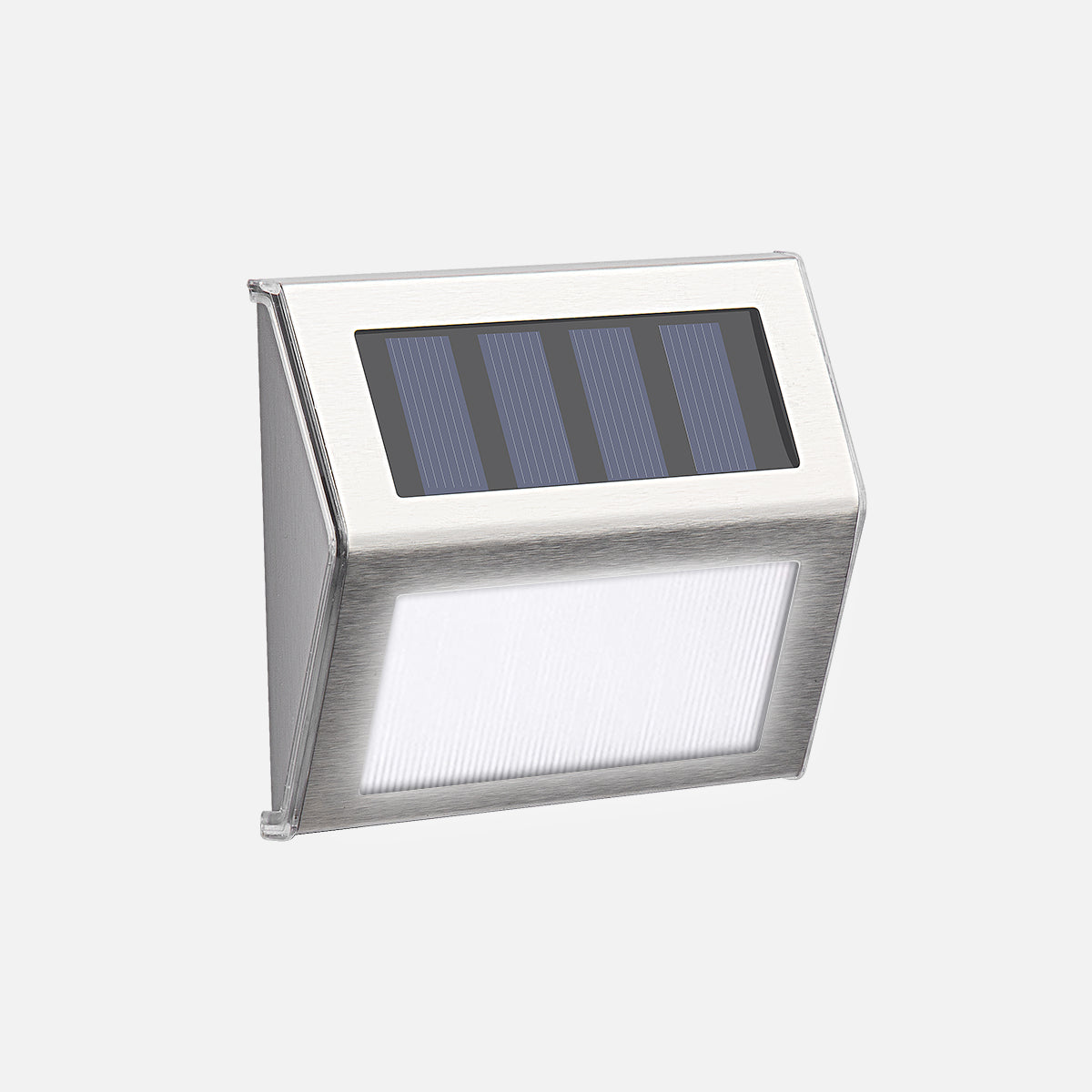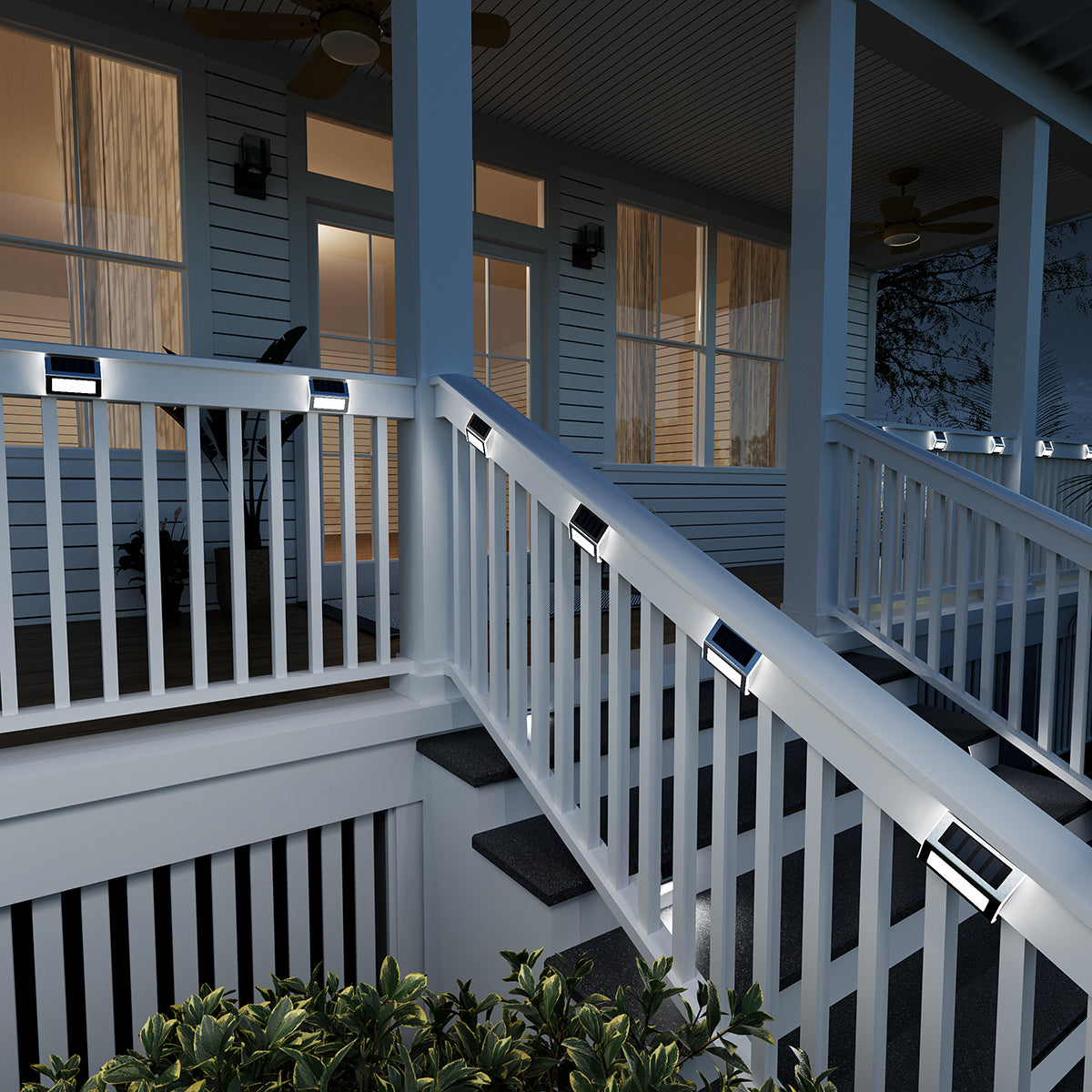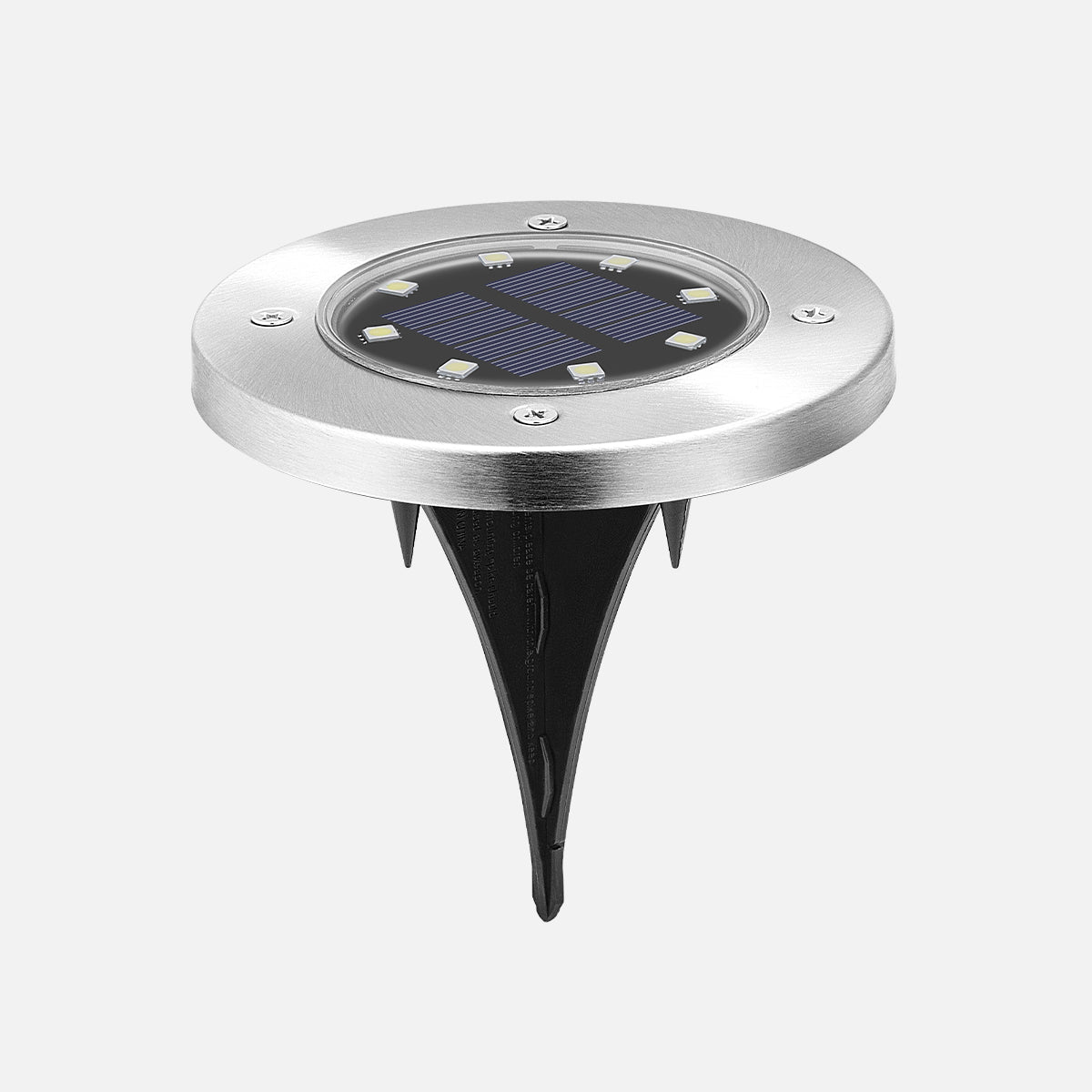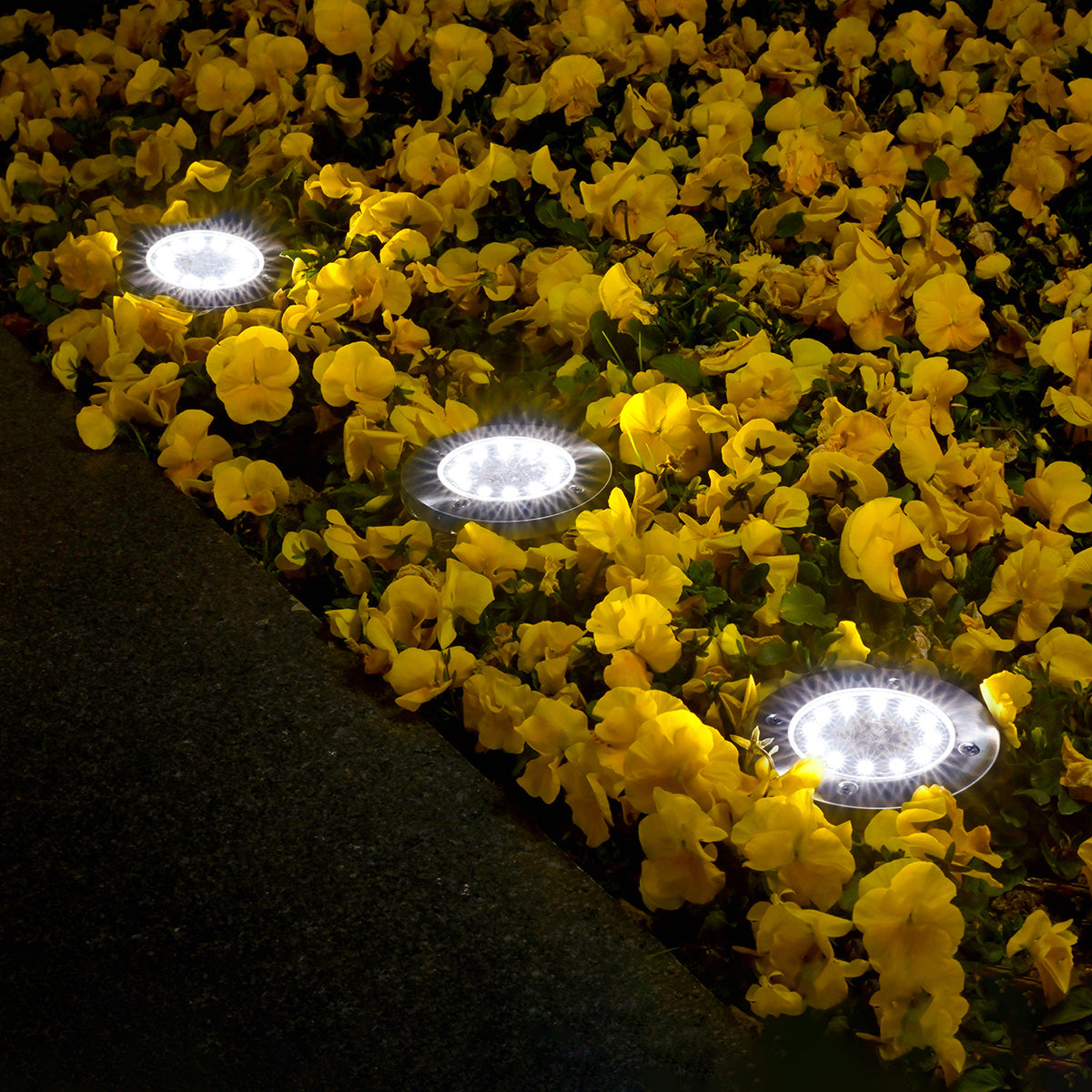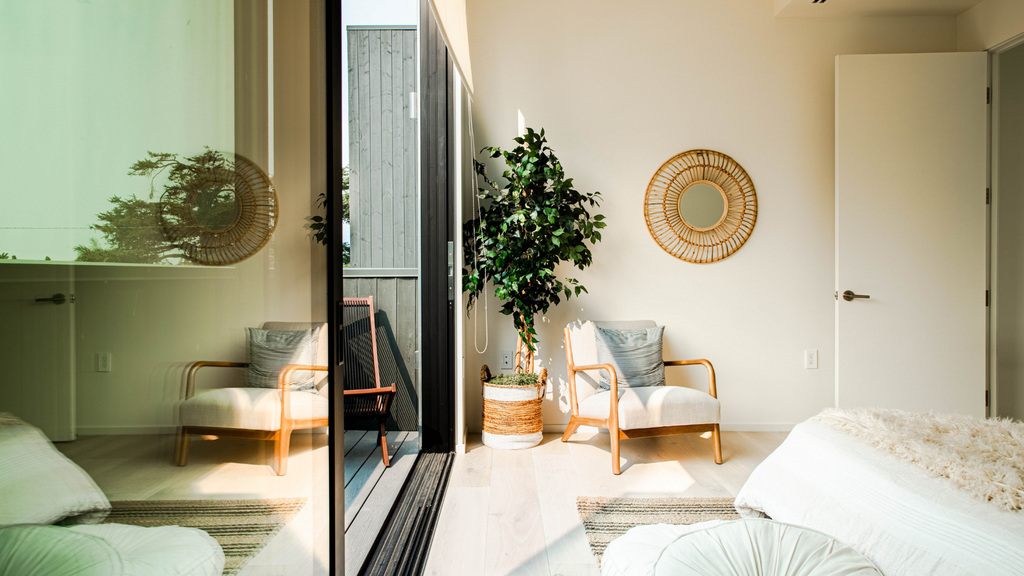
The Psychology of Lighting: How Lights Impact Mood and Well-being

Introduction:
Lighting is an essential aspect of our daily lives, and it plays a significant role in influencing our mood and overall well-being. While the impact of lighting on our emotions and mental state is often overlooked, research has shown that the type and intensity of lighting can have a profound effect on our psychological and physiological responses. In this blog post, we will delve into the psychology of lighting, specifically focusing on how hanging lights can impact our mood and well-being.
1. The Connection Between Lighting and Emotions:
Lighting has the power to evoke different emotions within us. Bright, well-lit environments tend to promote feelings of alertness, energy, and positivity. On the other hand, dimmer lighting can create a cozy and relaxing ambiance, which may induce feelings of calmness and tranquility. Hanging lights, with their unique placement and design, have the ability to create a visually appealing and emotionally stimulating environment. From casting a warm and cozy glow in a living room to setting a romantic ambiance in a garden, hanging lights have the power to evoke a range of emotions and enhance the overall atmosphere of any space. Whether you prefer the elegance of chandeliers or the whimsy of fairy lights, incorporating hanging lights into your decor can add a touch of magic and create a truly unforgettable experience for both guests and residents alike.

2. Natural Light vs. Artificial Light:
Natural light is known to have numerous benefits for our well-being, including regulating our circadian rhythm and boosting our mood. However, in situations where natural light is limited, such as during the evening or in spaces with few windows, artificial lighting becomes crucial. Inadequate lighting can cause eye strain and headaches, but hanging lights can help alleviate these issues by providing a softer, more diffused light. By mimicking natural light, hanging lights can enhance the overall aesthetic of a room and make it feel more vibrant and alive. Hanging lights can be strategically placed to highlight specific areas or objects in a room, creating a focal point and drawing attention to desired features. While natural light is preferred, hanging lights offer a suitable alternative that not only provides adequate illumination but also enhances the ambiance and functionality of any space.
3. Color Temperature and Its Impact:
The color temperature of lighting refers to the perceived warmth or coolness of light. Warm lighting, with a yellow or amber hue, is often associated with comfort and relaxation. Cool lighting, with a bluish tint, tends to create a more energizing and stimulating atmosphere. By choosing the appropriate color temperature for hanging lights, we can tailor the ambiance of a space to suit our specific needs and desired mood. Gigalumi Solar Crackle Glass Hanging Ball Lights Set has 3 light colors, in addition to cool and warm colors, it also owns color-changing to meet your different needs.

4. Task Lighting and Productivity:
Hanging lights can also play a crucial role in enhancing productivity and focus. Task lighting, which provides directed light for specific activities such as reading or working, can reduce eye strain and improve concentration. By strategically placing hanging lights in areas where tasks are performed, we can optimize our work environment and promote a sense of productivity and efficiency. Additionally, hanging lights can serve as a decorative element, adding style and personality to the room. Whether it's a sleek and modern pendant light or a vintage-inspired chandelier, the right hanging light fixture can instantly elevate the aesthetic appeal of the space. In conclusion, by incorporating hanging lights into our work-spaces, we can create an environment that promotes both efficiency and aesthetics, ultimately improving our overall work experience.
5. Personal Preferences and Individual Differences:
It is important to note that lighting preferences can vary greatly from person to person. Some individuals may find bright, intense lighting stimulating and invigorating, while others may prefer softer, more diffused lighting. Additionally, the type of activity being performed in a space can also influence lighting preferences. For example, a person may prefer brighter lighting when reading or working on a task that requires focus, but may prefer dimmer lighting when relaxing or engaging in activities that promote relaxation, such as yoga or meditation. Understanding our own personal preferences and experimenting with different lighting options, including hanging lights, can help us create a space that promotes our well-being and reflects our unique personality.

Conclusion:
The psychology of lighting is an intriguing field that highlights the significant impact of lighting on our mood and overall well-being. Lights, with their ability to create visually appealing and emotionally stimulating environments, have the potential to enhance our daily experiences. By considering factors such as color temperature, natural vs. artificial light, task lighting, and personal preferences, we can harness the power of lighting to positively influence our mental state and create spaces that promote a sense of comfort, productivity, and tranquility.




